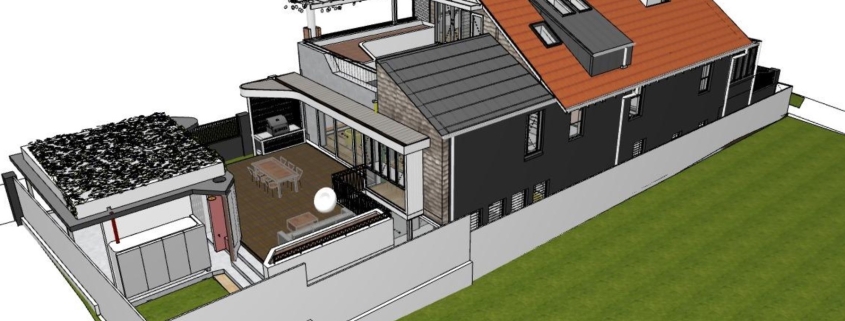Where to spend and where to save when building a custom built home!
When you are deciding where to allocate your budget for your custom-built home, there are some key points you should consider. Let’s talk about where you should splurge, where you should spend most of your money and hopefully make as few compromises as possible when building your home.
A good rule of thumb is to splurge on the more permanent parts of the home such as the windows, the layout/floor plan, kitchen, bathrooms, and structural elements. If you wish to change these areas down the track it could come at a significant cost.
Whereas elements such as paint, lighting, fixtures and fittings can generally be altered later without too much effort.
Now let’s be more specific,
Storage
You can never have too much storage. It’s important to take care when you are at the planning stage of the project to incorporate well thought out storage solutions.
For example, a butler’s pantry is a great way to hide the less pretty kitchen appliances and clutter. Perhaps space in the laundry for school bags or the endless basket of ironing, a linen cupboard close to the bathroom so towels are easy to reach.
If you plan-ahead, you can create a well-functioning home, where things are kept right where you need them to be.
Where to save
To keep costs down, rather than using bespoke custom built joinery everywhere, consider using cupboards and pantries from hardware stores or Ikea. This is a great way to save, and is particularly good for areas that are not in high use or the main area of the home.
Flooring
Your choice of flooring has a big influence on the look of your home, except for carpet, flooring such as tiles or timber is not easily changed. Choose the best quality flooring you can afford; you will be thankful you did later. A durable and good quality floor will wear well, look beautiful and should stand the test of time.
Where to save
While you should opt for a good quality floor, when choosing your flooring select from readily available colours and sizes. Anything that leans towards custom or overly unique will likely cost more to buy, lay, and potentially match should you need to down the track.
Kitchen
A well-designed layout and carefully planned kitchen is key. Changing the layout and setup of your kitchen down the track would be a big undertaking, where as some slight aesthetic changes shouldn’t be too much of an issue.
You should also consider what type of kitchen best suits you and your family, for example if you are a keen cook you may want to spend a good portion of your budget on the appliances, where if cooking is not a big priority for you, you may wish to spend your budget on beautiful finishes.
Where to save
Plan the layout and size of your kitchen first, this should be the priority. If you need to squeeze more from your budget stay away from high end lux fittings, knowing that upgrading benchtops, taps and even your doors can be done later.
Lighting
There is no better form of light than natural light, this should not be compromised. Make the most of natural light when designing your home, consider your window positioning, the direction your home faces, glazing and where you could allow for highlight windows and sky lights.
Where to save
There are many budget friendly lighting options these days, with many chain stores supplying affordable and lovely designed lighting. If you feel the need splurge on high end feature lighting in areas that have the most exposure such as the living room or kitchen.
Finally, a good way to save when building your custom built home is to stick to the plan as much as possible. Chances are if you are building a custom built home, you have spent many months in the planning and drawing phase with your architect, and while making changes once building has commenced can happen be aware that it will come at a cost.
Making changes can mean additional costs in building materials, labour, contract administration fees and builder’s margin.
While changing something as simple as shifting a wall, swapping tap fittings or a toilet may seem like a small thing, the roll-on effect of such a change can be significant. Firstly, it is the paper trail, ensuring that the change has been accounted for and formally approved, and that everyone is aware of the potential cost change for both the product itself and the labour.
For example, your plumber may have roughed in for an entirely different set up which now needs to be changed.
Your builder will also need to manage and properly document all changes, ensuring that items arrive on time, that all trades are aware of the change and that all the documents are in place so that the work is carried out correctly.
Residential Custom Home Builder Sydney – BIC Construction






